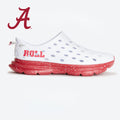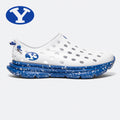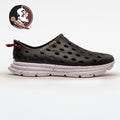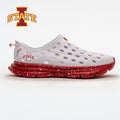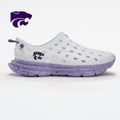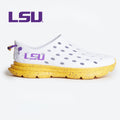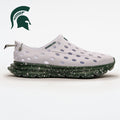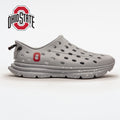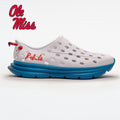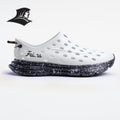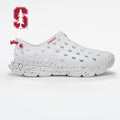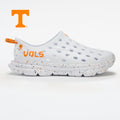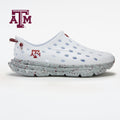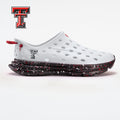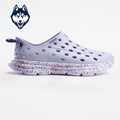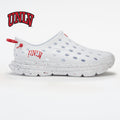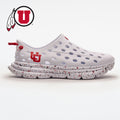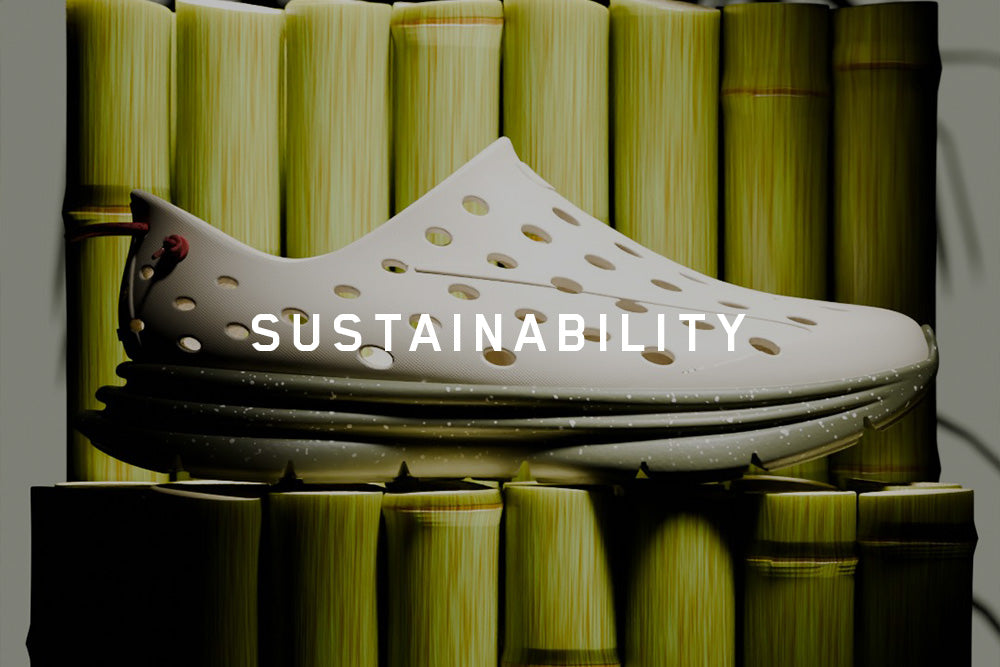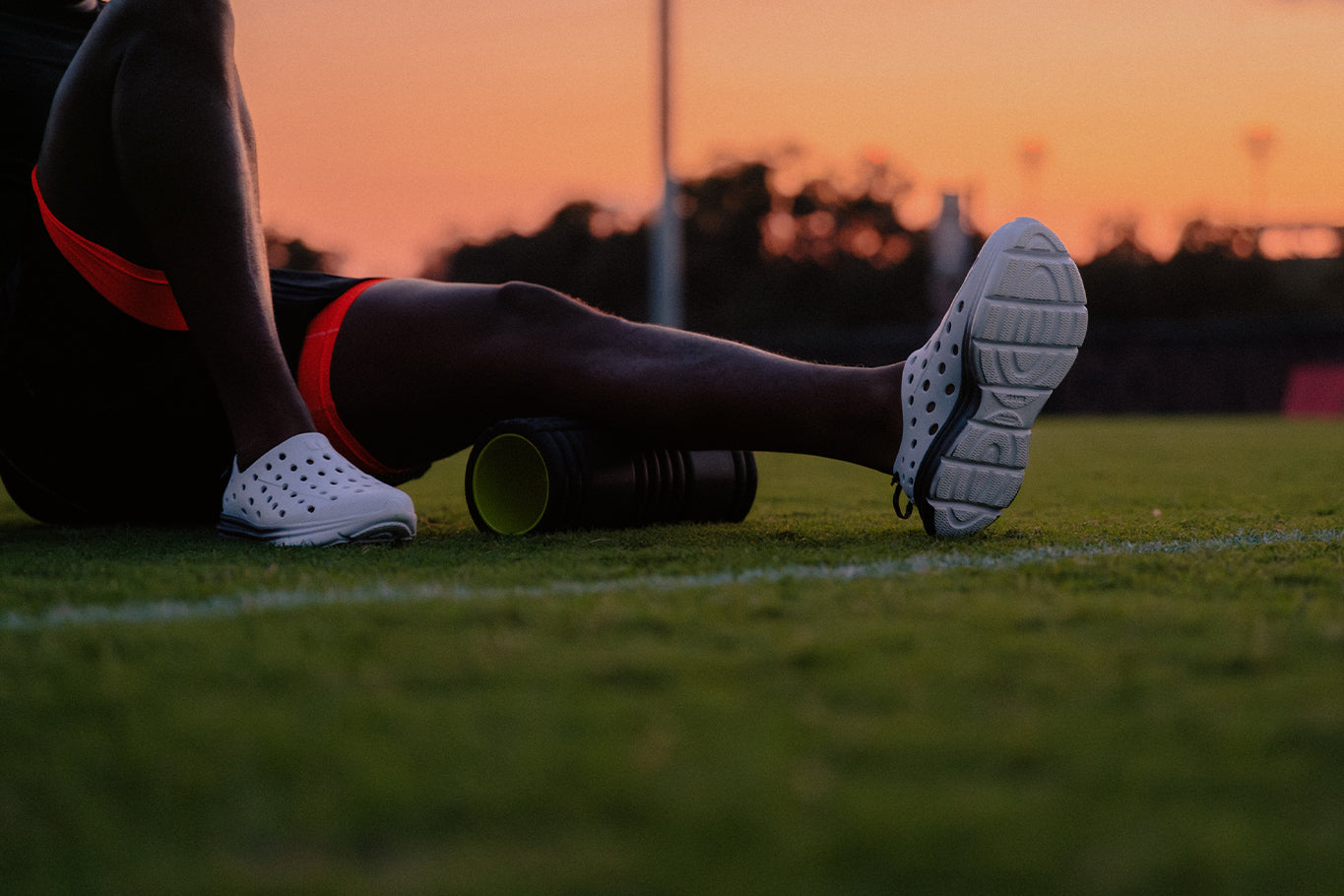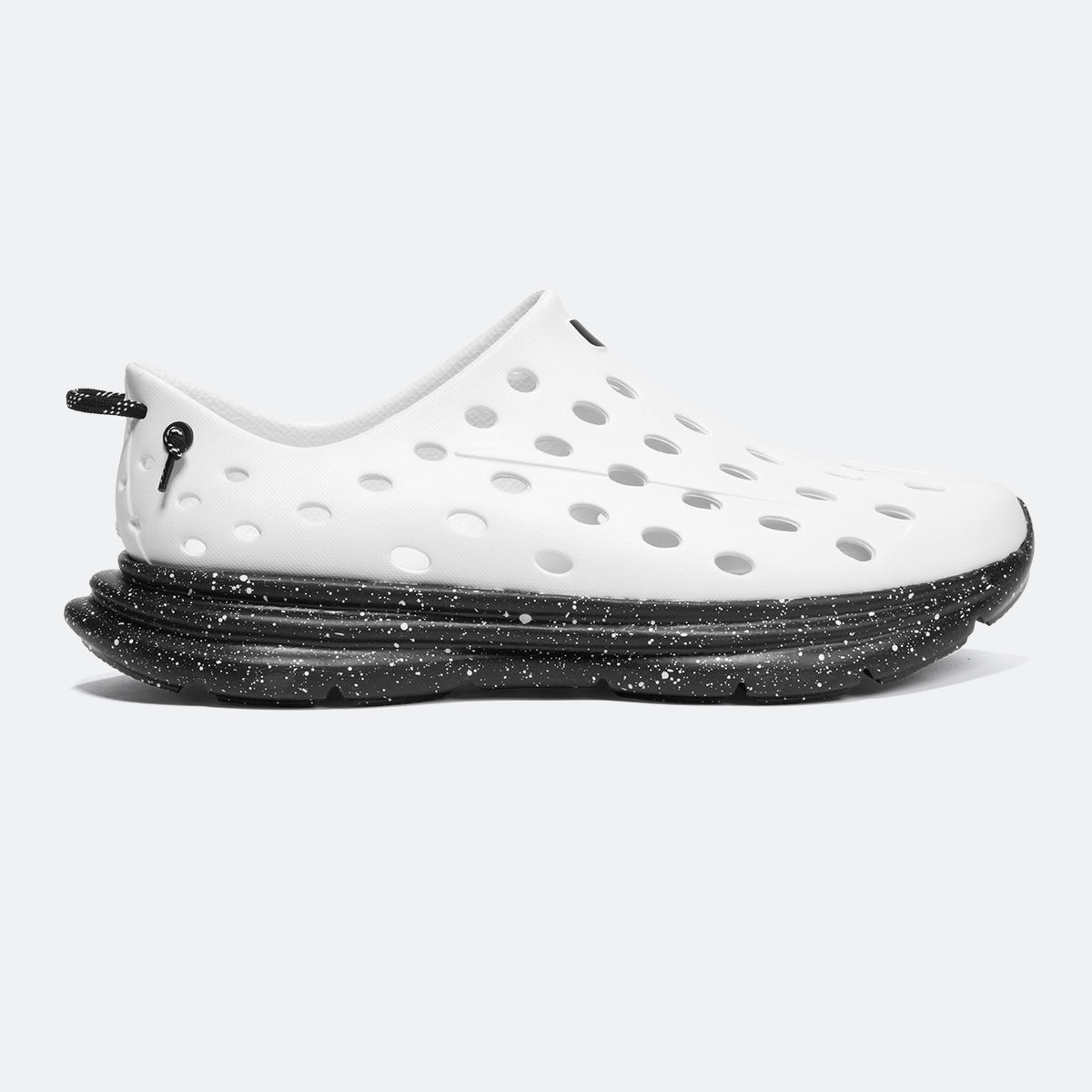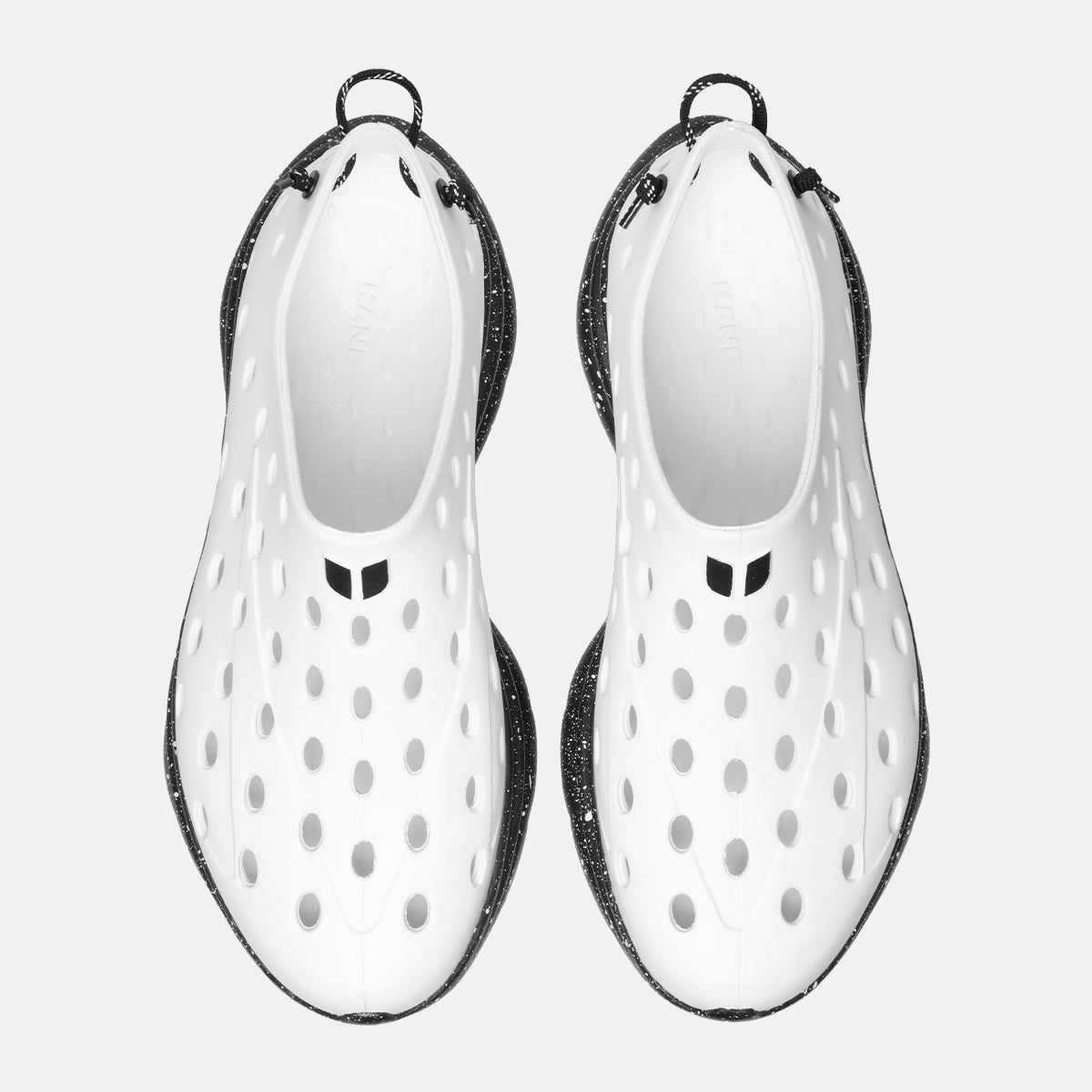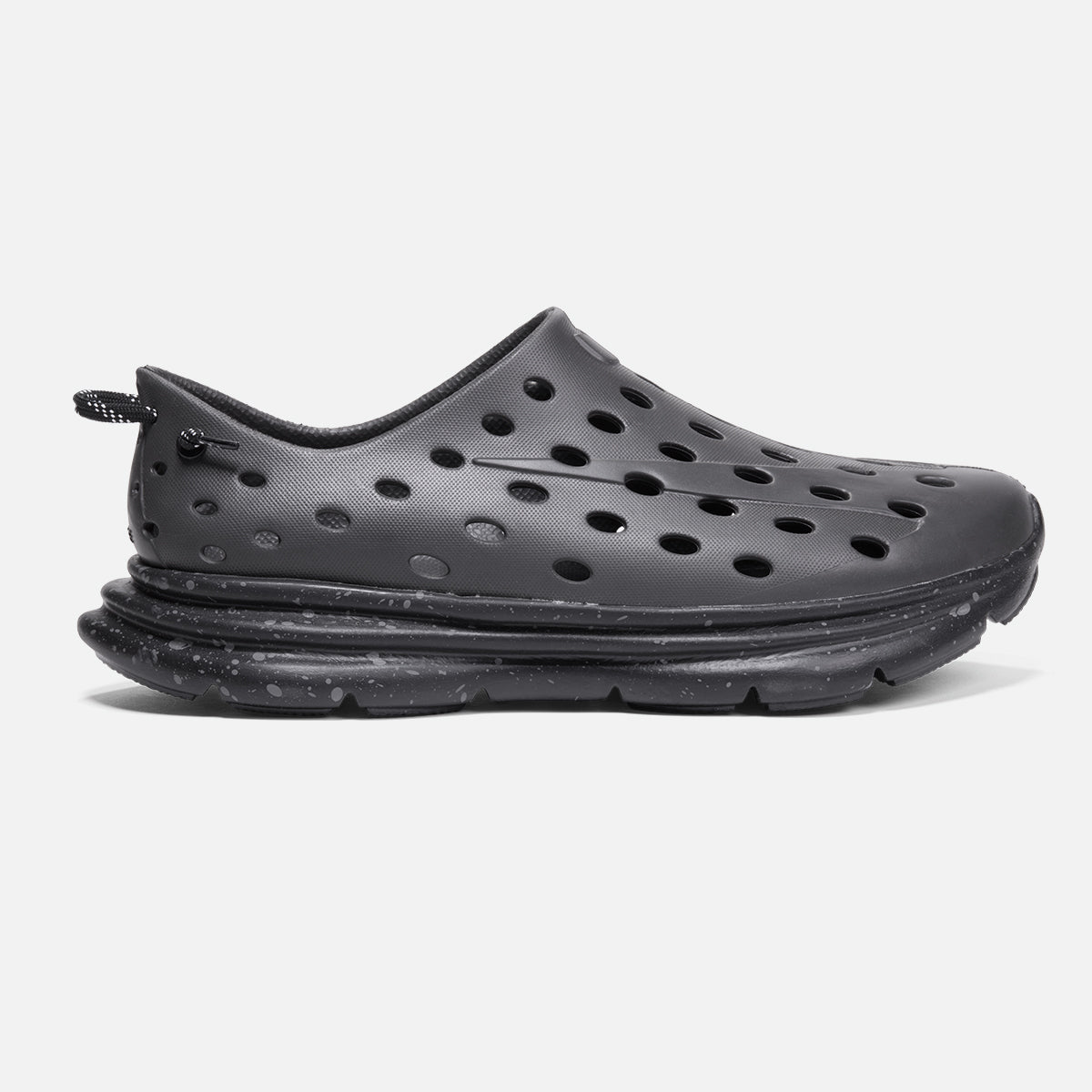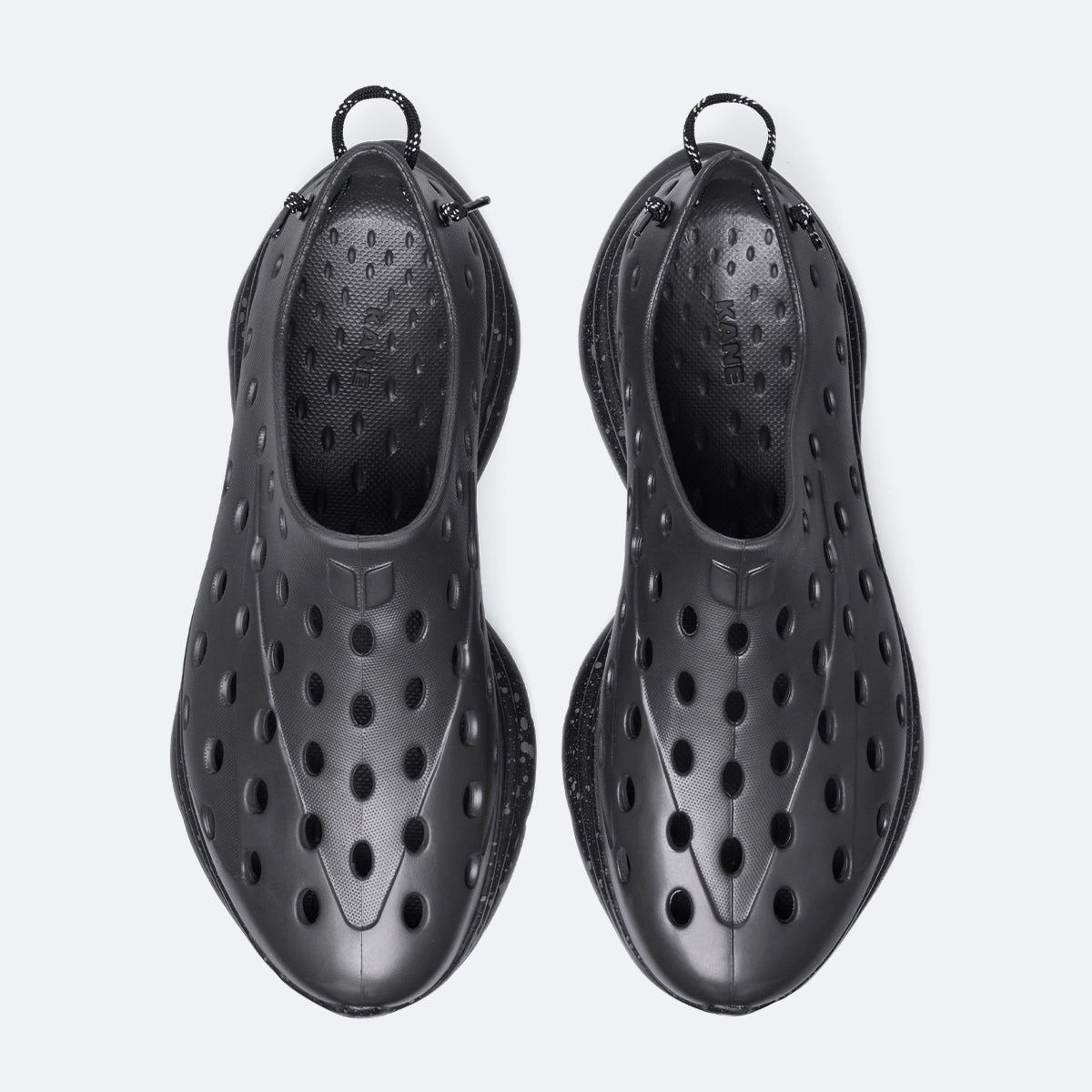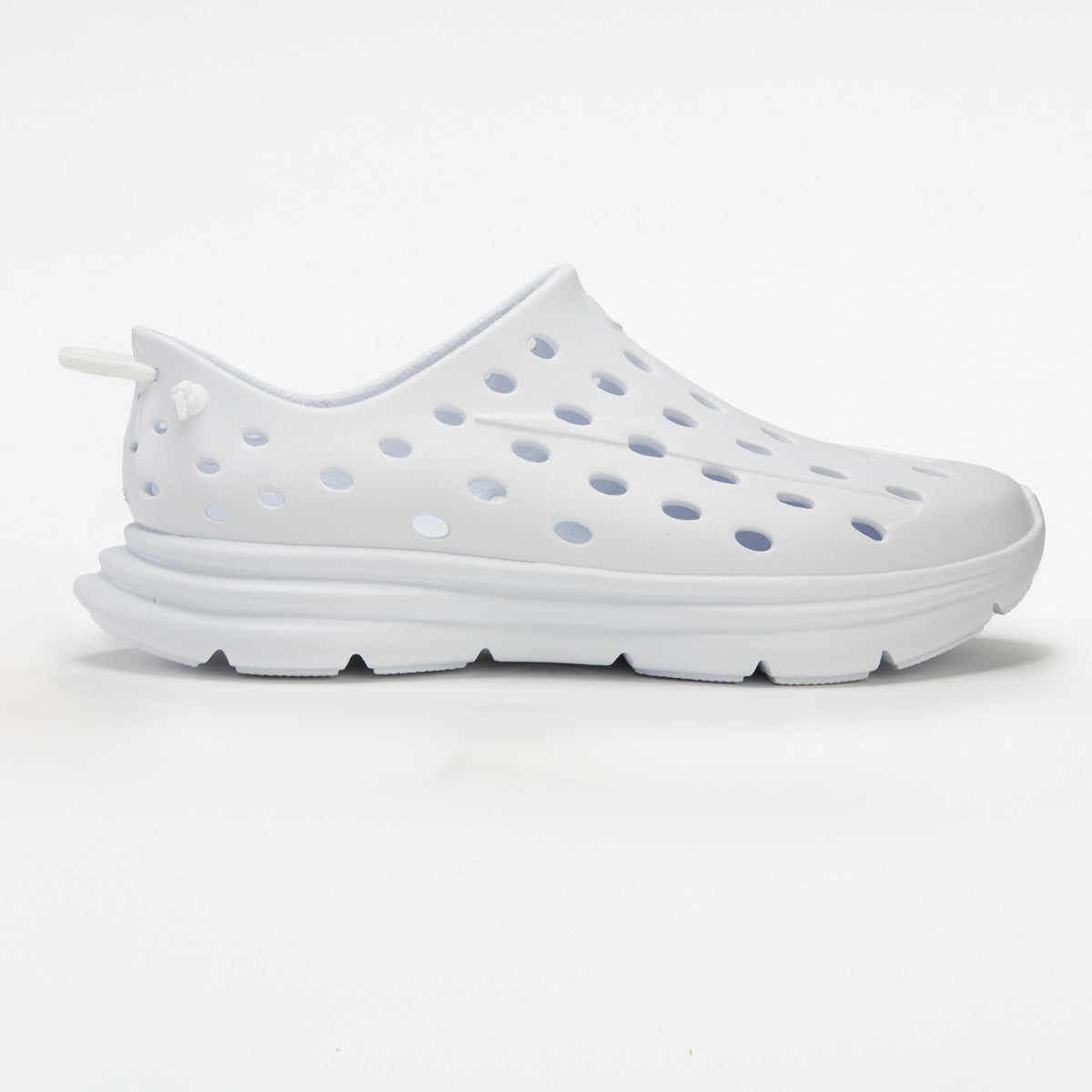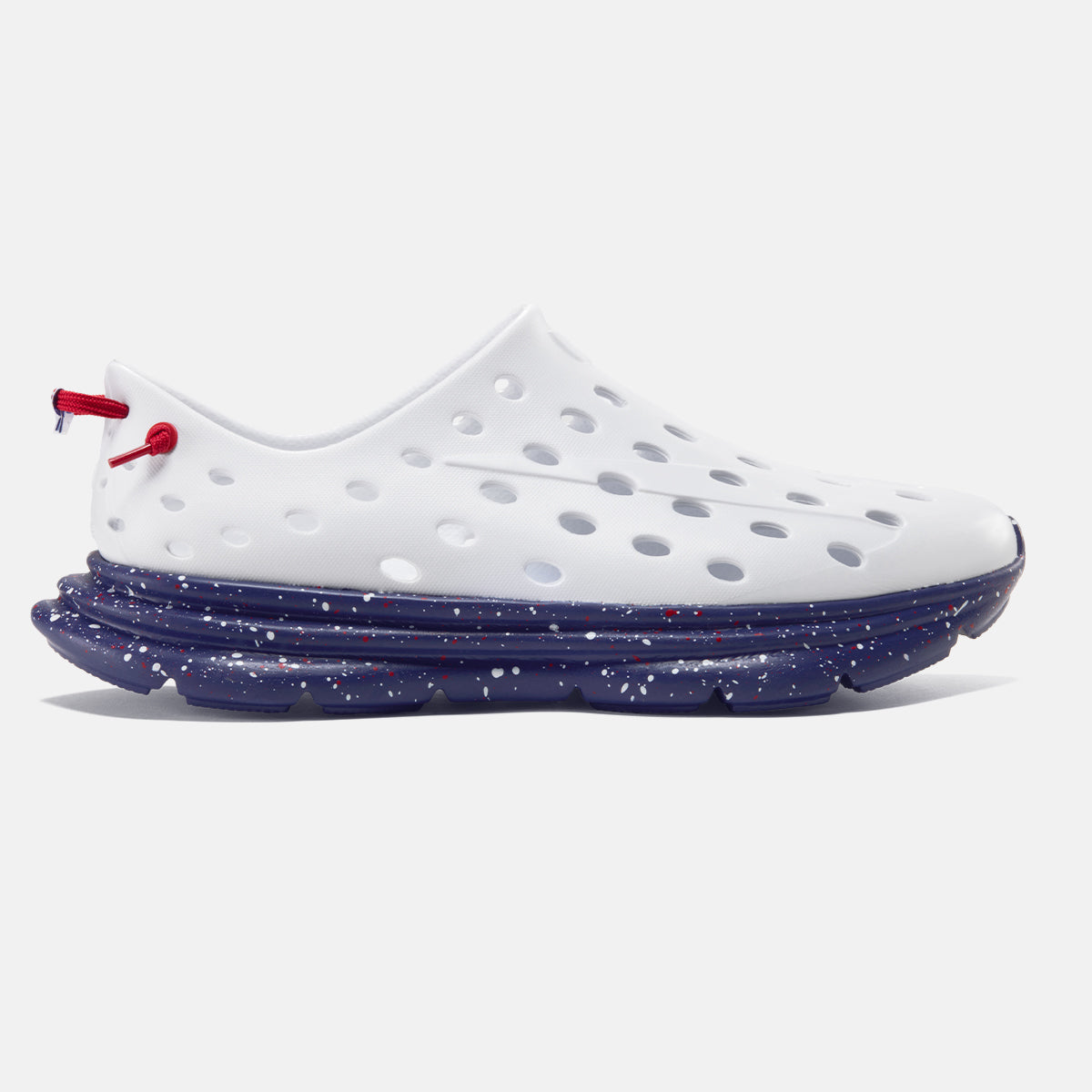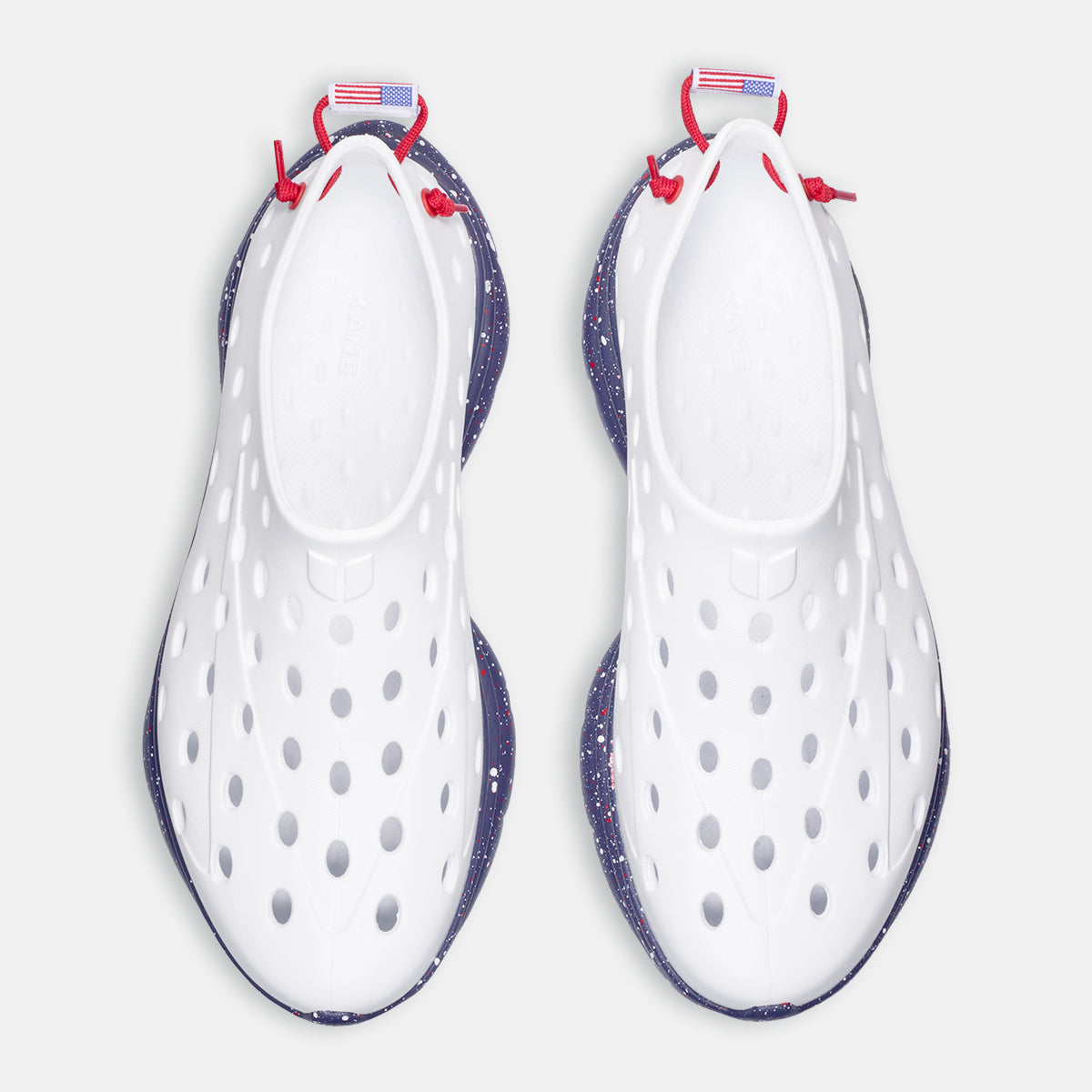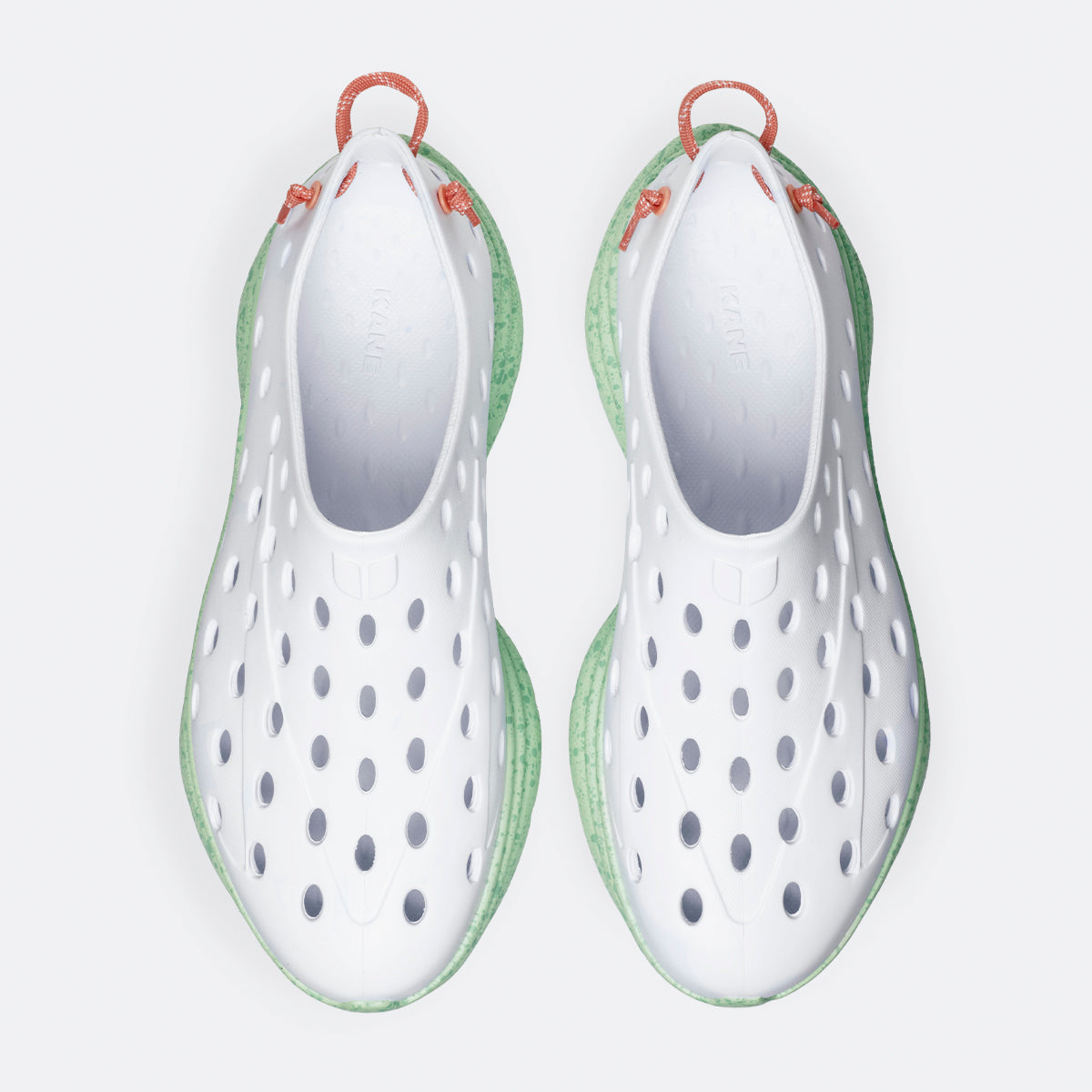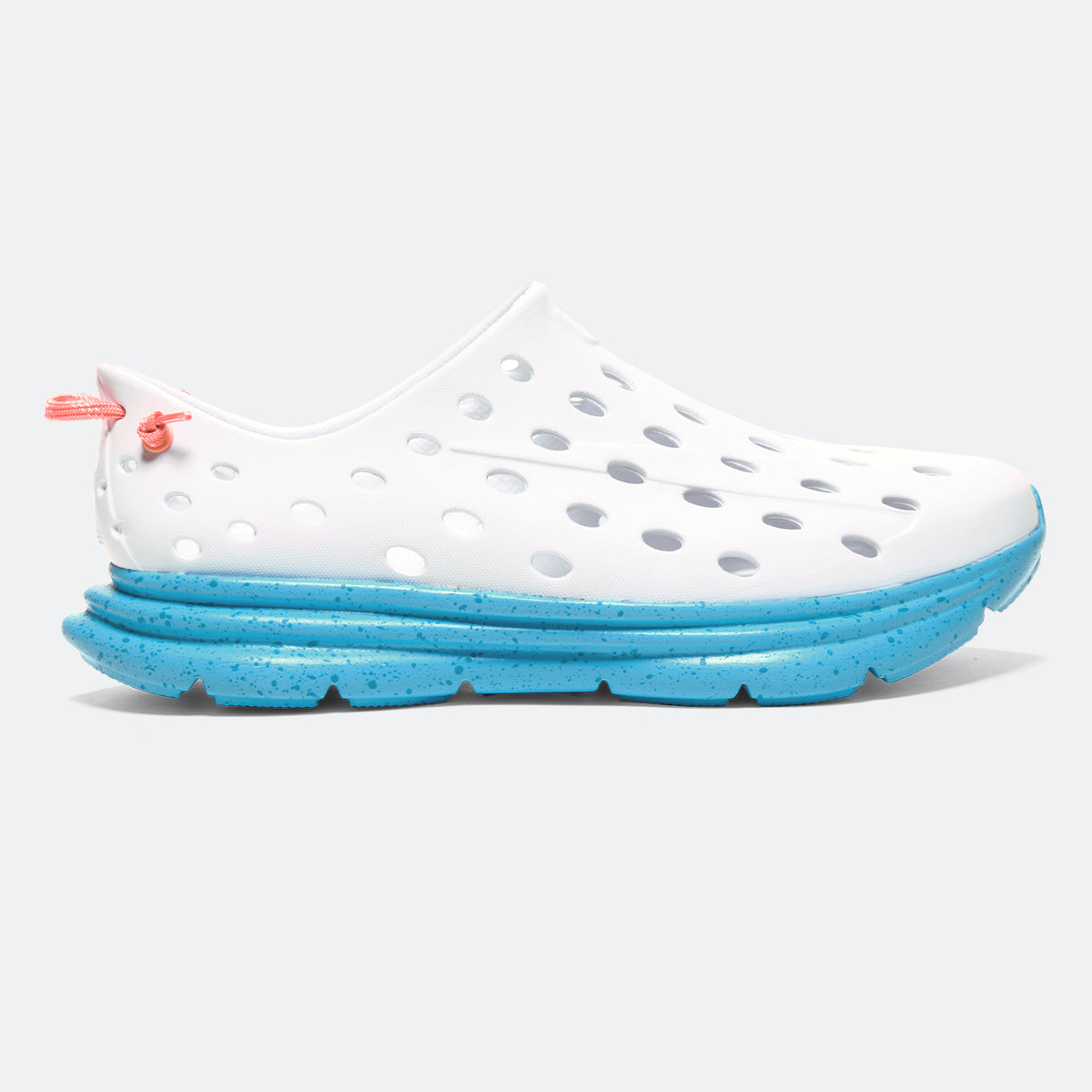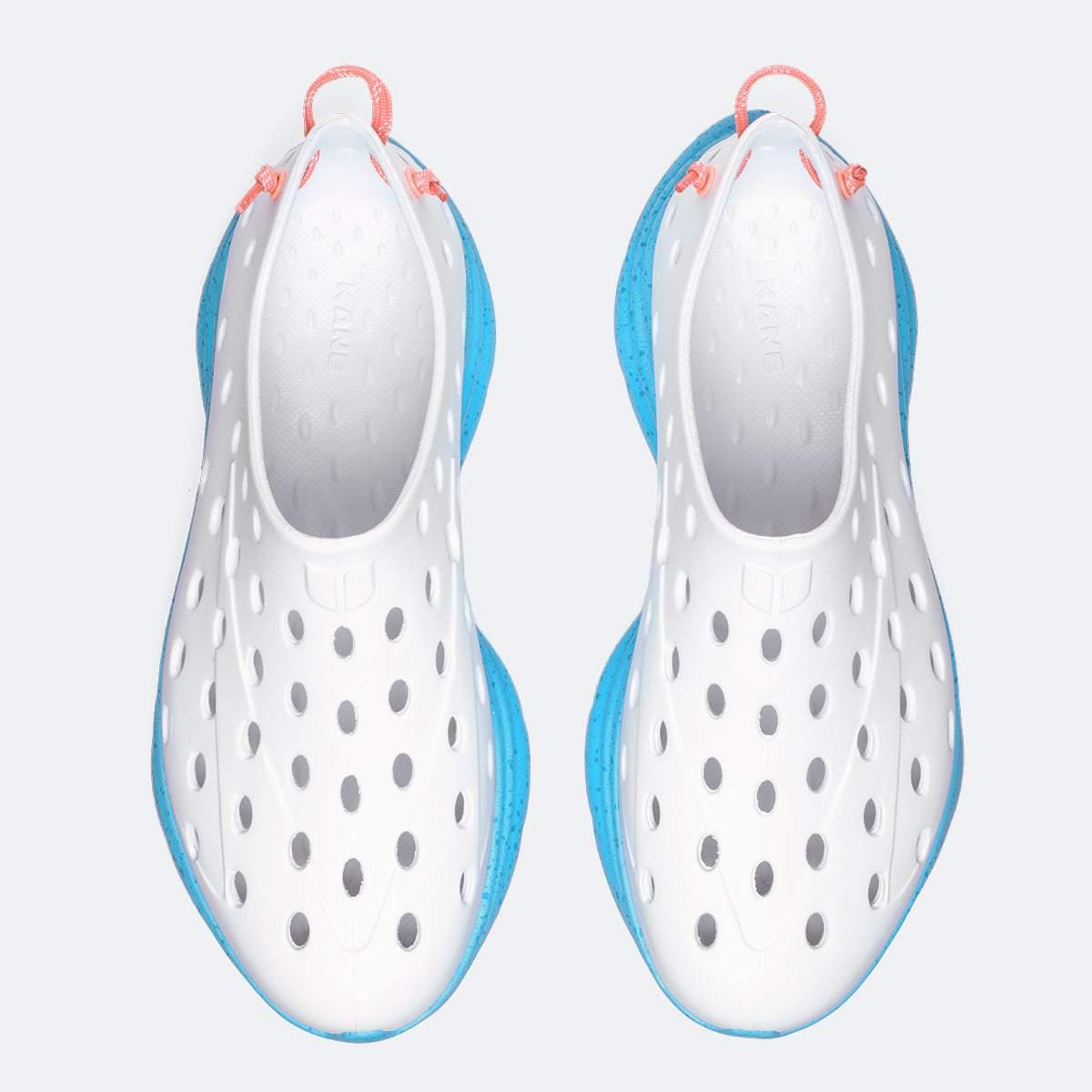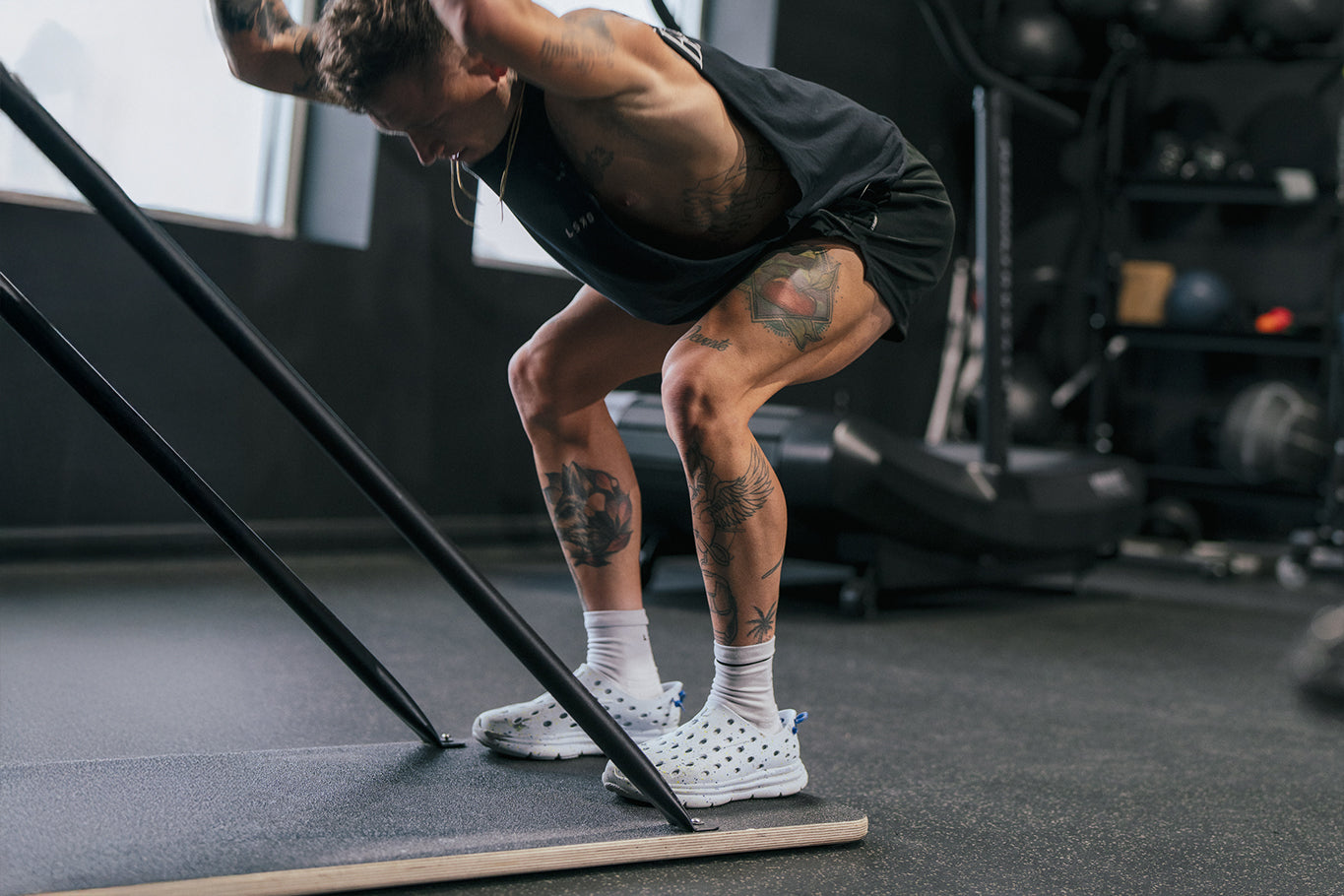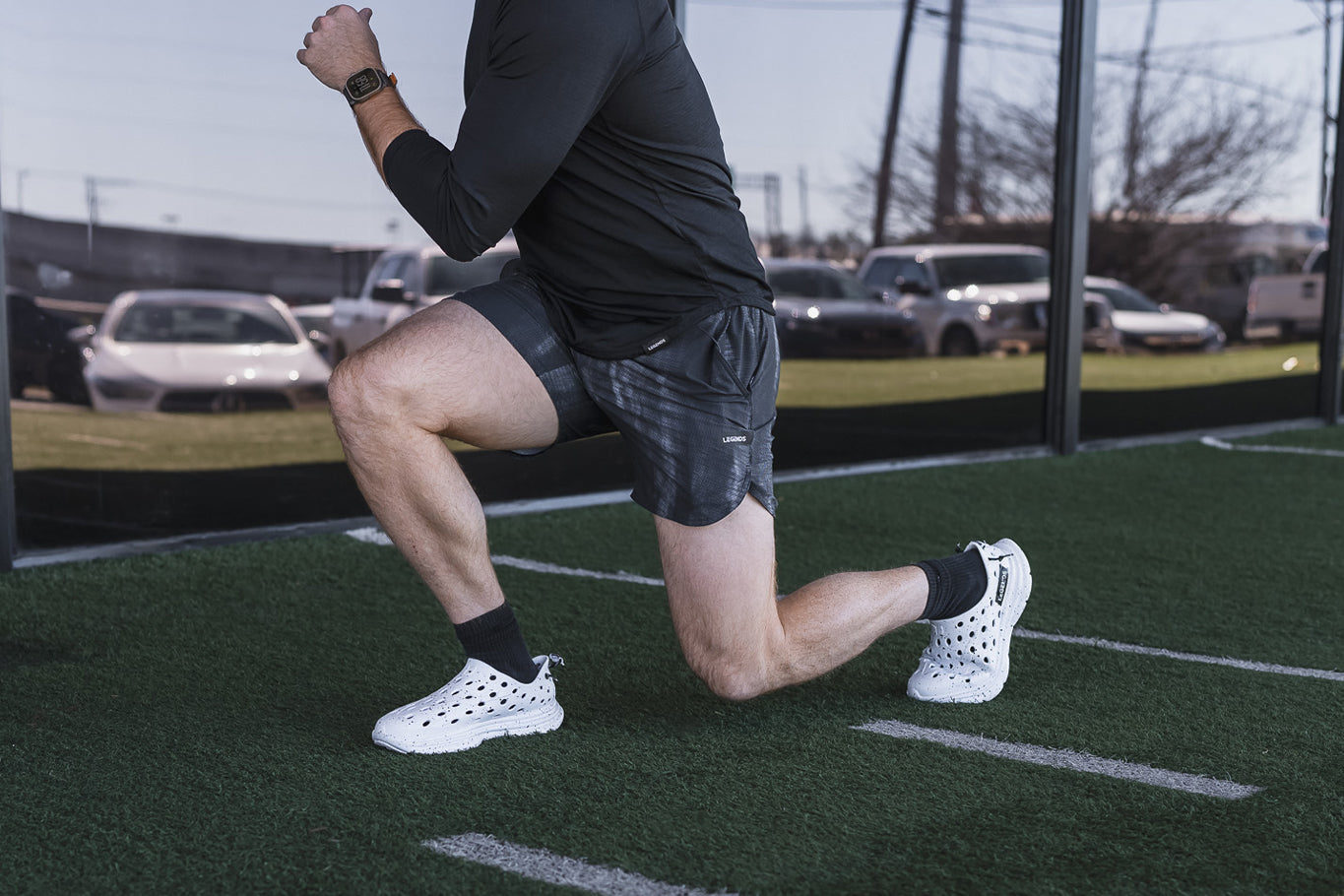Should you foam roll before or after a workout? The short answer is that both have distinct benefits, and the best approach depends on your fitness goals.
Foam rolling before exercise prepares your muscles for activity by increasing blood flow and mobility, while post-workout rolling accelerates recovery and reduces soreness. For optimal results, incorporating foam rolling both before and after your workouts provides the complete package—enhanced performance and faster recovery.
Foam rolling has become a go-to recovery technique for many athletes, fitness enthusiasts, and anyone looking to improve flexibility and reduce muscle tension. Understanding the benefits and timing of foam rolling is essential to maximizing your muscle recovery and performance. Whether you're dealing with muscle soreness from a challenging workout or looking to prevent injuries, foam rolling can help. Here's a deep dive into how foam rolling works, its benefits, and how to incorporate it into your routine.
When to foam roll: Pre- vs. post-workout considerations
The ideal approach to foam rolling depends on your goals:
- Before a workout: Improves muscle activation and range of motion
- After a workout: Reduces muscle soreness and supports muscle recovery
- Both: If time allows, foam rolling immediately before and after can maximize benefits
An athletic trainer or sports medicine professional might recommend incorporating pre-workout activation and post-workout recovery rolling for optimal results. If time is limited, prioritize based on your specific needs, whether mobility improvement or recovery enhancement.
What is foam rolling, and how does it work?
Foam rolling involves using a cylindrical foam roller to apply pressure to different parts of your body. This pressure targets the soft tissue, including muscles and fascia, which helps release tension and improve circulation. It's a form of self-myofascial release (SMR) that focuses on the fascia—the connective tissue surrounding muscles and joints. By rolling out areas of tightness or soreness, you can break up myofascial adhesions and improve muscle function and tissue elasticity.
Applying pressure with the foam roller underneath your body works on the muscle fibers, helping to increase blood flow and release any built-up muscle tightness. This process can reduce discomfort from delayed onset muscle soreness (DOMS) after a workout.
Foam rolling before a workout: A preemptive approach to muscle recovery
Foam rolling before a workout can prepare your body for the physical demands ahead. By increasing blood flow and improving range of motion, foam rolling can enhance flexibility and decrease the risk of injury. It works by loosening up your muscles and fascia, allowing for better mobility during athletic training.
Benefits of pre-workout foam rolling
- Enhances range of motion: Helps loosen muscle tissue and improve flexibility
- Increases blood flow: Warms up the muscles, improving oxygen delivery
- Reduces muscle stiffness: Prepares muscle groups for dynamic movements
- Supports injury prevention: Helps minimize strain and imbalances
Best areas to foam roll before a workout
- Upper body: Shoulders, upper back, and arms
- Lower body: Quads, hamstrings, calves, and glutes
Before a workout, focus on areas that tend to become tight during exercise. Light, dynamic foam rolling can activate the muscles and prepare them for more intense movements. This helps muscle activation and primes the muscle tissue to handle the stress of strength training, cardio, or sport-specific movements.
When foam rolling pre-workout, spend 30–60 seconds per muscle group and use dynamic stretching afterward to maximize mobility. Using the foam roller in a dynamic way is more about priming the muscles than deeply releasing tension. Keep the pressure light and focus on muscle activation rather than intense muscle breakdown.
Foam rolling post-workout: Enhancing recovery and reducing DOMS
Foam rolling post-workout can be a powerful tool for reducing muscle soreness and promoting faster recovery. Using the roller after exercise helps alleviate muscle fatigue, relieve tightness, restore range of motion, and support muscle recovery by improving circulation.
Benefits of post-workout foam rolling
- Eases muscle soreness: Reduces muscle tenderness and discomfort
- Breaks up myofascial adhesions: Improves tissue elasticity
- Enhances circulation: Promotes oxygen-rich blood flow for faster healing
- Reduces recovery time: Speeds up muscle function restoration
Best areas to foam roll after a workout
- Legs: Focus on the quads, hamstrings, calves, and glutes
- Upper body: Shoulders, traps, and back
Foam rolling immediately after a workout can speed up the recovery process. Focus on slower, more deliberate rolling to target areas that feel the most tender or tight. This helps break up collagen fibers and improve soft tissue quality. By rolling slowly and spending extra time on trigger points (those particularly tight spots), you can reduce DOMS and help your body recover faster.
When foam rolling post-workout, apply steady pressure for 30–90 seconds per area and combine with static stretching for improved flexibility. The goal after a workout is to release the tightness caused by muscle breakdown and encourage the muscle fibers to return to their regular length and function.
Foam rolling benefits: Improve muscle function, flexibility, and injury prevention
Foam rolling improves muscle function and tissue health by relieving tightness and enhancing flexibility. Regular use helps restore a full range of motion, leading to better athletic performance and reduced risk of injuries.
Additionally, foam rolling helps reduce the risk of injury by addressing myofascial adhesions (stubborn knots in your muscles) that can limit mobility and cause discomfort. It can also increase blood flow to the muscles, which is essential for muscle recovery and tissue elasticity.
Another benefit is the reduction of muscle tightness. Tight muscles are more prone to injury, and foam rolling helps loosen them up, improving the body's ability to perform sport-specific movements or handle more weight during strength training. It can also help with joint range and reduce the risk of stiffness, especially in areas such as the knees, shoulders, and lower back.
How to use a foam roller: Best practices and techniques
Follow these proper techniques to get the most out of your foam rolling:
- Position the foam roller underneath the target area
- Apply moderate pressure using body weight
- Roll slowly, about one inch per second
- Pause on tender spots to release tension
- Avoid bony areas to prevent discomfort
Foam rolling techniques for different muscle groups
- Quads: Position the foam roller underneath your legs and roll from your knees to your hips. Keep your knees bent and adjust the pressure based on comfort.
- Back: Focus on the upper and mid-back by lying on the foam roller with your knees bent and feet flat on the ground. Roll up and down slowly.
- Calves and hamstrings: Sit on the ground and roll your calves and hamstrings by placing the foam roller beneath them. For more pressure, cross one leg over the other.
Start slowly and control your movement. Keep the pressure steady, and avoid rolling too fast. Take deep breaths and relax as you roll. Use the right posture and ensure your body is in the correct position. For example, keep your legs straight when rolling the quads when possible. When rolling the back, maintain a neutral spine.
How foam rolling works to reduce delayed onset muscle soreness
Delayed onset muscle soreness occurs due to microtrauma in muscle fibers after intense exercise. Foam rolling increases blood circulation, helping alleviate soreness and supporting recovery.
To effectively use foam rolling for reducing DOMS:
- Focus on tender spots and tight muscles
- Perform foam rolling post-workout to enhance recovery
- Use a roller with comfortable pressure
- Pair with dynamic stretching to improve mobility and sport-specific movements
Discover Kane Recovery Shoes!
While foam rolling is a key part of post-workout recovery, the right footwear can also play a crucial role in reducing muscle soreness and supporting overall muscle recovery.
Kane's recovery shoes provide excellent support, comfort, and durability for those in need of top-notch recuperative footwear. Featuring an adjustable hook-and-loop single-strap synthetic upper, plush TPR footbed, and durable injected EVA outsole, these kicks come with all the right features to assist you during your rehabilitation journey.
Aside from providing quality products, they are also committed to sustainability. They have become a Certified B Corporation while dedicating 1% of their overall profits to environmental charities.
When and how to wear Kane Revive
The best moment to wear most recovery shoes is directly after a strenuous activity such as running or strength training. This helps minimize inflammation and launch the healing process. To guarantee maximum comfort and effective recuperation, make sure that you are wearing your footwear correctly by tying up laces securely for a snug fit around your feet.
Maximize your recovery: Final thoughts on foam rolling before and after workouts
Incorporating foam rolling into your workout routine is a smart way to enhance muscle recovery, reduce muscle soreness, and improve overall athletic performance. Consistency and proper technique are key whether you foam roll before or after your workout.
Regular foam rolling can improve range of motion, reduce DOMS, and help prevent injuries, leading to more efficient workouts and enhanced recovery. Whether you're focused on strength training or sports medicine, adding foam rolling into your post-exercise routine is an effective way to promote long-term muscle health and performance.
Frequently asked questions
Can you overdo it with a foam roller?
Yes, it is possible to overdo foam rolling, leading to adverse effects such as muscle soreness, bruising, or aggravation of existing injuries. Excessive pressure or prolonged sessions can stress tissues unnecessarily.
Potential risks of excessive foam rolling
- Muscle soreness and bruising: Applying too much pressure or rolling too frequently can cause microtrauma in muscles or fascia, leading to irritation and inflammation.
- Aggravation of existing injuries: Foam rolling over acute injuries (e.g., sprains or strains) can worsen the condition.
- Overuse injuries: Spending too much time foam rolling (e.g., longer than 20 minutes) may lead to discomfort or tissue stress.
- Risks of incorrect technique: Rolling too fast, applying excessive pressure, or targeting sensitive areas like nerves can result in harm.
Safe foam rolling practices
To avoid overdoing it while still gaining the benefits of improved tissue elasticity and muscle recovery:
- Limit sessions to 10–20 minutes and focus on each muscle group for 60–90 seconds.
- Use moderate pressure and roll slowly for effective myofascial release. Avoid rolling over bony areas, joints, or acute injuries.
- Listen to your body—foam rolling should cause mild discomfort but not intense pain.
Proper foam rolling can enhance recovery and athletic performance when used appropriately in a balanced training and recovery routine.
Is it better to foam roll before or after a workout?
The best time to foam roll depends on your goals. Foam rolling before exercise can help activate muscles, improve range of motion, and increase blood flow, making it easier to perform dynamic movements. It reduces muscle tightness and prepares the body for activity, lowering the risk of injury.
On the other hand, foam rolling post-workout is ideal for recovery. It helps reduce delayed onset muscle soreness by improving circulation and breaking up myofascial adhesions. This aids in muscle recovery, reducing stiffness and fatigue after intense training.
For best results, incorporate both. If time is limited, foam rolling post-workout can provide the most noticeable recovery benefits.
When should you not foam roll?
While foam rolling offers many benefits, there are certain situations where you should avoid it. Foam rolling could worsen the condition by increasing inflammation if you have an acute injury, such as a muscle strain, sprain, or fracture. Similarly, avoid rolling directly over bruises, open wounds, or areas of severe pain.
If you have a chronic medical condition, such as osteoporosis or deep vein thrombosis, consult a healthcare professional before using a foam roller. Too much pressure on sensitive tissues or joints could lead to discomfort or further injury.
Additionally, if you're feeling extreme muscle tenderness or fatigue, give your body time to recover before adding self-myofascial release techniques. Overuse of foam rolling can sometimes lead to irritation rather than relief. Instead, opt for gentle stretching, low-impact movement, or rest to allow muscles to heal properly.
Is foam roller good pre-workout?
Yes, using a foam roller before a workout is highly beneficial. Foam rolling pre-workout helps activate muscles, reduce muscle tightness, and improve joint range for better mobility. This prepares the body for dynamic stretching and sport-specific movements, lowering the risk of injury.
By increasing blood flow, foam rolling before exercise helps deliver more oxygen to working muscles, improving their efficiency. It also targets trigger points, breaking up tight areas that may restrict movement.
For best results, combine foam rolling pre-workout with dynamic stretching. Roll for 30–60 seconds per muscle group, focusing on key areas like quads, hamstrings, glutes, and calves. Avoid rolling too aggressively, as excessive pressure could cause discomfort rather than relief.
Foam rolling before exercise helps you move more efficiently, enhances athletic performance, and helps prevent injury.
Is it better to foam roll before or after yoga?
Whether to foam roll before or after yoga depends on your goals. Foam rolling before yoga helps loosen tight muscles, improve range of motion, and prepare the body for deep stretches. This is useful if you feel stiff or have limited mobility, as it allows you to move more freely during practice.
On the other hand, foam rolling post-yoga focuses on muscle recovery and reducing muscle soreness. Since yoga often involves deep stretching, the foam roller can further release myofascial adhesions and improve soft tissue mobility. It also helps reduce muscle fatigue and enhances relaxation.
If your yoga session is gentle or restorative, foam rolling before yoga can improve flexibility. If your practice is more intense—like power or hot yoga—foam rolling afterward can help muscle recovery and prevent stiffness.
You can incorporate both for optimal benefits, but if you have time for only one, foam rolling after yoga is often more effective for improving long-term muscle function.
No content on this site should ever be used as a substitute for direct medical advice from your doctor or other qualified clinicians.




